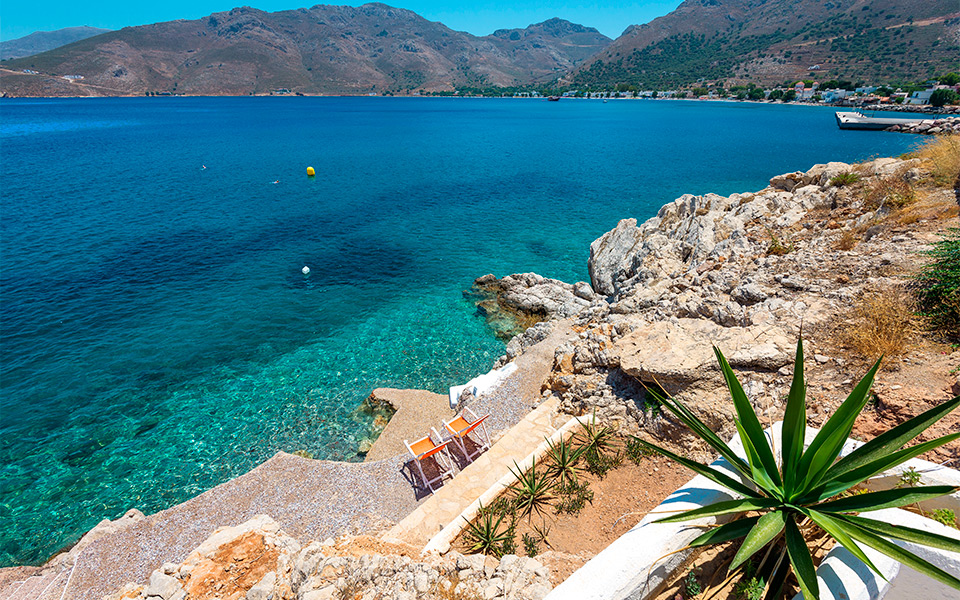Tilos
Info on Tilos
Tilos is a small island in the Dodecanese, the seventh largest in the archipelago, and is located west of Rhodes. Tilos is crossed by the paths of the Ecological Park, almost 35 kilometers, which run along numerous Byzantine churches that connect the 3 villages of the island. Livadakia is the port of Tilos and is located within a bay bordered by a beautiful white pebble beach, surrounded by trees. Behind it is one of the first Christian basilicas that contains mosaics inside it. Megalo Chorio is the main village of the island: just 7 kilometers northwest of the port, it is characterized by extraordinary architecture, with small white houses that follow each other on the slopes of the hill of Agios Stefanos, under the ruins of the ancient city and of the medieval castle built in 1400 by the Knights of St. John. Do not miss the Paleontological Museum, where the bones of a dwarf elephant, one meter and 30 centimeters high, and extinct 7,000 years ago, were found, discovered in 1971 in the Harkadio cave, which is almost at the center of the island. The village of Agios Antonios consists of a few houses, a windmill and a beach.

Kos
Kos is a Greek island belonging to the Dodecanese archipelago, located in front of the Turkish resort of Bodrum, the ancient Alicarnasso, about 4 km from the coast.
It measures about 50 km in length and 12 km in width in the widest part and there are about 30,000 permanent residents, most of which are concentrated in the homonymous capital of the island.
In addition to the capital Kos, other inhabited areas of the island are Cardamena (Kardamena), Cefalo (Kefalos), Tigaki, Antimachia, Mastichari, Marmari and Pilì (Pyli), in addition to the smaller villages of Zia, Zipari, Platani, Lagoudi and community of Asfendiù (Asfentiou), a center composed of 5 villages now almost completely abandoned at the foot of Mount Dikeo, the highest peak of the island.
On the island there are many archaeological sites such as the Asclepeion, or the temple of Asclepius, Greek god of medicine, the baths, the Platano of Hippocrates, the Roman odeon, the Castle of Neratzia, the fortress at the entrance of the port of the town of Kos and the Byzantine fortress of Antimachia.
For sea lovers there are many beaches to visit. The northern part of the island is always beaten by the wind, but has crystalline seabeds instead of the southern one, with a still calm sea, clear water but darker seabed. Between Kardamena and Coo there are some famous thermal springs that form natural pools of very hot and sulphurous water. Going towards Kefalos is the island of Castri often visited by sunbathers sunbathing on the beach in front.
It was famous in antiquity for being the birthplace of Hippocrates, the father of medicine.

Destinations
Offers
Companies
Support
Write us on WhatsAppEmail usEmail usThe booking centre is open from 9 a.m. to 7.30 p.m. and can only be contacted by email or via your user area.










